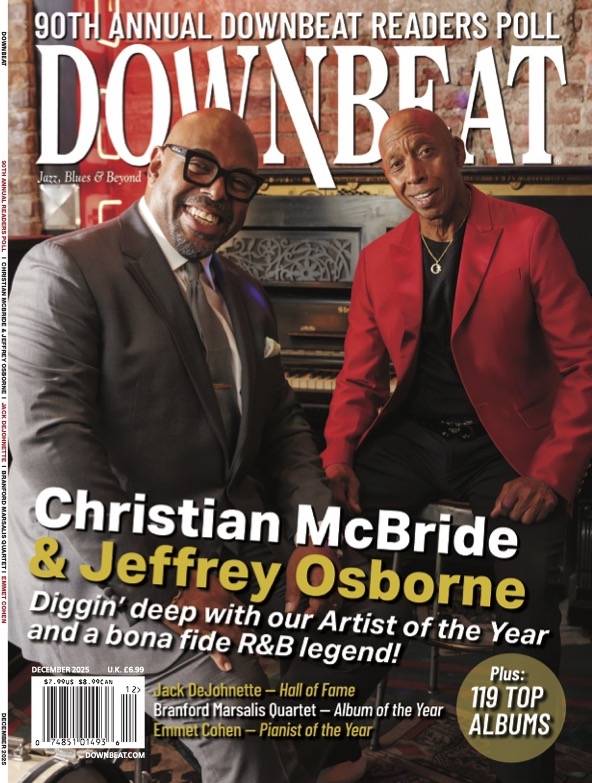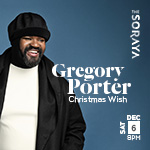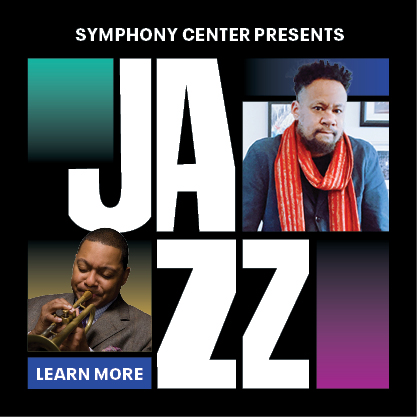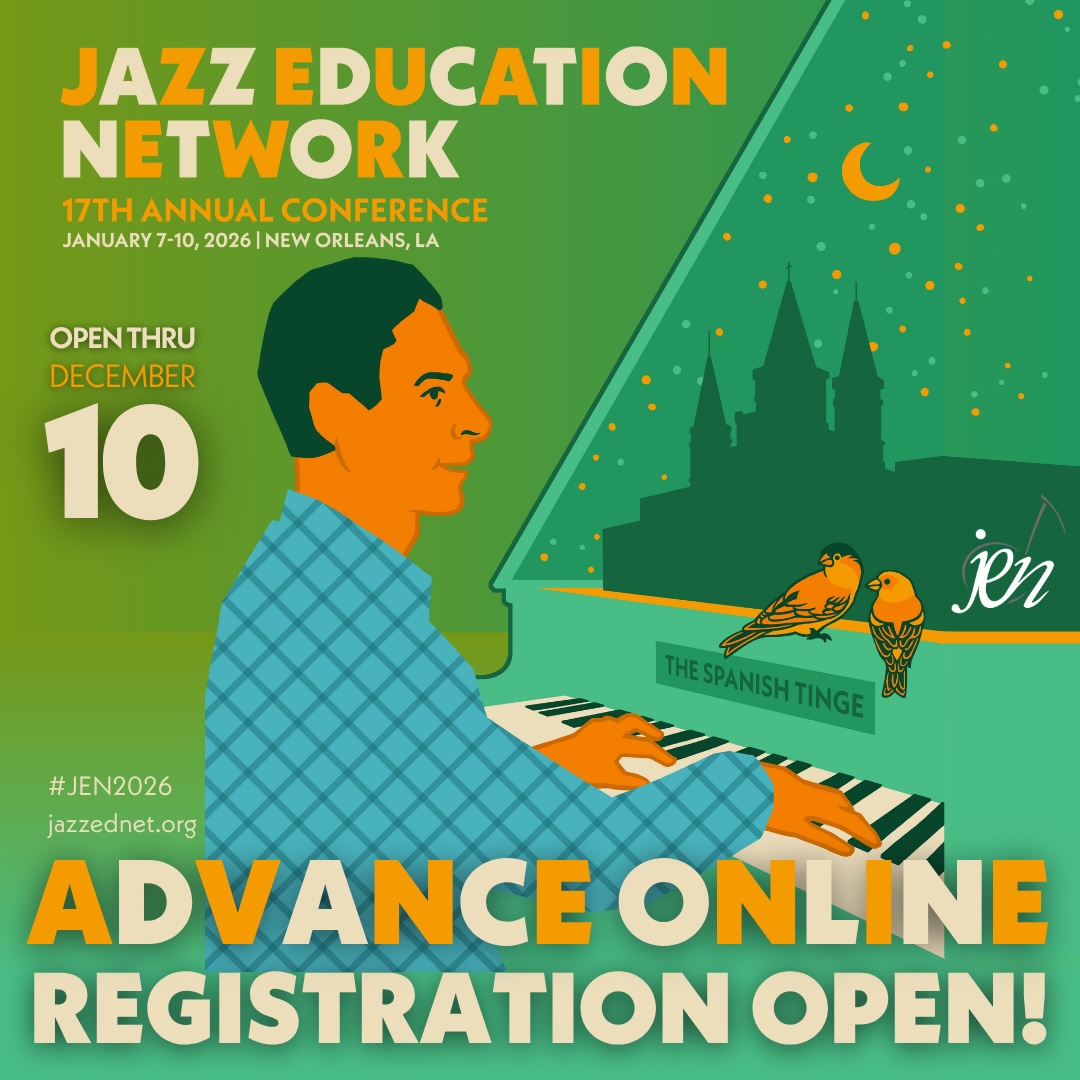Oct 28, 2025 10:47 AM
In Memoriam: Jack DeJohnette, 1942–2025
Jack DeJohnette, a bold and resourceful drummer and NEA Jazz Master who forged a unique vocabulary on the kit over his…
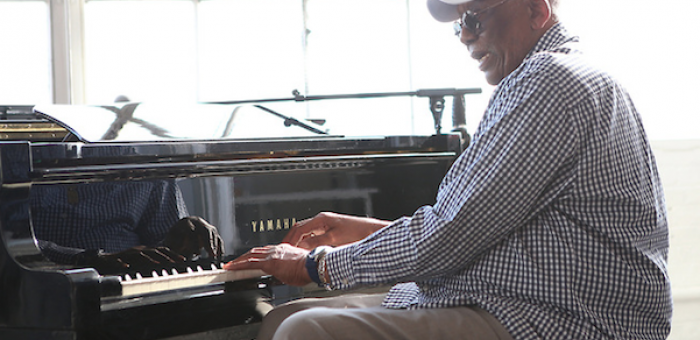
Randy Weston performs at the Jazz Foundation of America’s annual Jazz Loft Party at Hudson Studios in Manhattan on April 16.
(Photo: Udo Salters)With its 25th annual Jazz Loft Party on April 16, the Jazz Foundation of America and its Executive Director, newly minted NEA Jazz Master Wendy Oxenhorn, reaffirmed yet again that they know how to have a good time.
One factor was the venue, the southern wing of Hudson Studios, a high-ceilinged 20,000 square-foot space with enormous windows on the 13th floor of Starrett-Lehigh Building, a full-block 1931 structure with concrete floors that was once a freight terminal and warehouse in the Chelsea art district.
About 700 revelers contributed between $350 to $25,000 to attend this year’s edition, contributing to the mandate of JFA’s Jazz Musicians Emergency Fund to provide financial assistance to stave off hunger, homelessness and eviction, and to provide free medical care via their partnership with Englewood Hospital and Medical Center, which has donated more than $7 million in services since 1994.
The food was on point (fried chicken, salad, canapés and several decadent desserts), but the real meat of the matter was the musical menu, assembled by Musical Director Steve Jordan, the remarkably versatile drummer and producer whose associations span Sonny Rollins and Herbie Hancock to Keith Richards, John Mayer and Eric Clapton.
Before the $350/ticket hoi polloi were allowed to enter, the VIPs ($500 and up) filled the space’s south-facing space—called “Café Society” for the occasion—for a brilliant, discursive, conversational performance by pianist Randy Weston, ten days past his 90th birthday, with a sextet comprising two saxophones (Billy Harper and T.K. Blue), bass (Alex Blake), and two hand-drummers (Neal Clarke and Candido).
Weston stated the melody of “African Cookbook” which, in 2016, seems as familiar and inevitable as the songs of Duke Ellington. Blue and Harper wove counterlines over Blake’s undulating vamp and spare, lilting drumbeats. During the first section of this almost tossed-off arrangement, Blue’s opening alto solo exploited his huge, soulful tone, while Harper testified the Texas blues.
Weston investigated Ellingtonian chords, from which Blue launched a trilling figure that morphed into a restatement of the theme. The horns and bass then dropped out, framing a section in which Weston, treating his instrument like 88 tuned drums, launched a percussion discussion with the drummers.
Playing from his wheelchair, Candido elicited an array of timbres from his three-conga set, sometimes whispering with his fingertips, sometimes shouting with his palms, at one point quoting “Manteca,” before concluding with the theme of “Happy Birthday To You” and the exultant exclamation, “I am 94!”
For the next segment, pianist Danny Mixon, bassist Marcus McLaurine and drummer Sylvia Cuenca accompanied three young singers who have fared well in recent Montreux Jazz Festival Voice Competitions. 2013 First Prize winner Wojciech Myrczek, from Poland, tried to channel Bobby Darin on “Moon River,” then did “On Green Dolphin Street” as a crisp swinger—Mixon’s take-no-prisoners solo hearkened back to the tonal personality he projected during the ’60s and early ’70s with Betty Carter.
Parisian Sarah Lancman, who won First Prize in 2012, sang two original songs, the first, “Inspiring Love,” in English, and the second, “Reste Là” (on which she accompanied herself on piano), in French. Unfortunately, the room’s boomy acoustics and a careless soundman worked against her nuanced contralto, drowning out the lyrics.
After 2013 finalist Kenny Wesley’s kaleidoscopically deconstructed “Autumn Leaves,” it was time to investigate “Funky Claude’s Lounge” down the hall, where Matthew Whitaker—a blind 14-year-old prodigy on piano and organ, whose stylistic range references classical music, soul, bebop, the Great American Songbook and the African-American church—was leading a trio propelled by drummer Otis Brown III.
Meanwhile, at “Café Society,” New Orleans pianist-vocalist-arranger Davell Crawford—himself a recipient of JFA’s services after Hurricane Katrina in 2005—presented a few gospel selections by his seven-voice choir, comprising three women and four men.
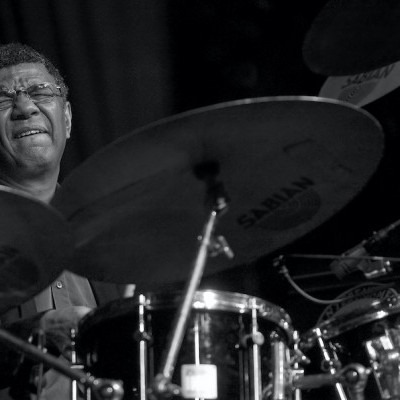
Jack DeJohnette boasted a musical resume that was as long as it was fearsome.
Oct 28, 2025 10:47 AM
Jack DeJohnette, a bold and resourceful drummer and NEA Jazz Master who forged a unique vocabulary on the kit over his…
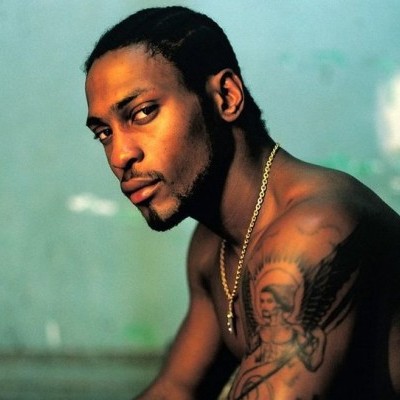
D’Angelo achieved commercial and critical success experimenting with a fusion of jazz, funk, soul, R&B and hip-hop.
Oct 14, 2025 1:47 PM
D’Angelo, a Grammy-winning R&B and neo-soul singer, guitarist and pianist who exerted a profound influence on 21st…
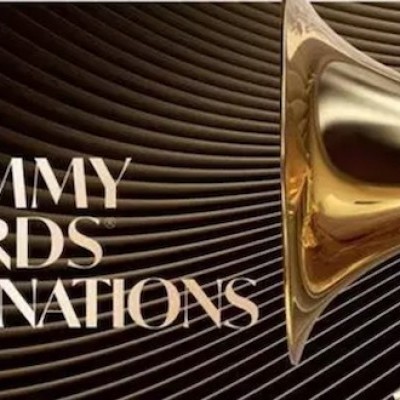
To see the complete list of nominations for the 2026 Grammy Awards, go to grammy.com.
Nov 11, 2025 12:35 PM
The nominations for the 2026 Grammy Awards are in, with plenty to smile about for the worlds of jazz, blues and beyond.…
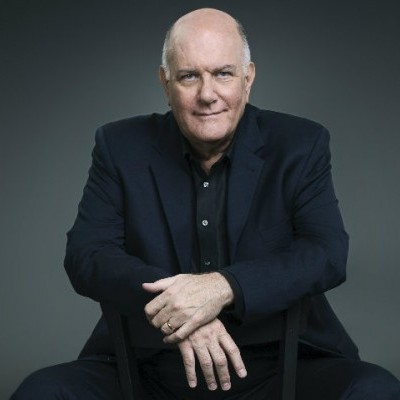
Jim McNeely’s singular body of work had a profound and lasting influence on many of today’s top jazz composers in the U.S. and in Europe.
Oct 7, 2025 3:40 PM
Pianist Jim McNeely, one of the most distinguished large ensemble jazz composers of his generation, died Sept. 26 at…
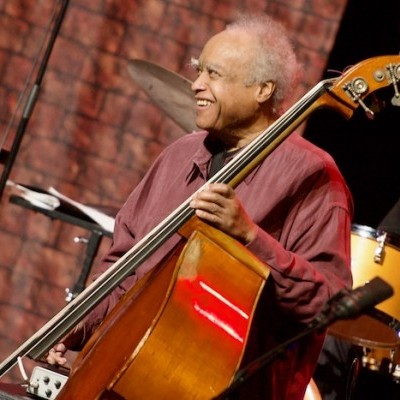
Drummond was cherished by generations of mainstream jazz listeners and bandleaders for his authoritative tonal presence, a defining quality of his style most apparent when he played his instrument unamplified.
Nov 4, 2025 11:39 AM
Ray Drummond, a first-call bassist who appeared on hundreds of albums as a sideman for some of the top names in jazz…

